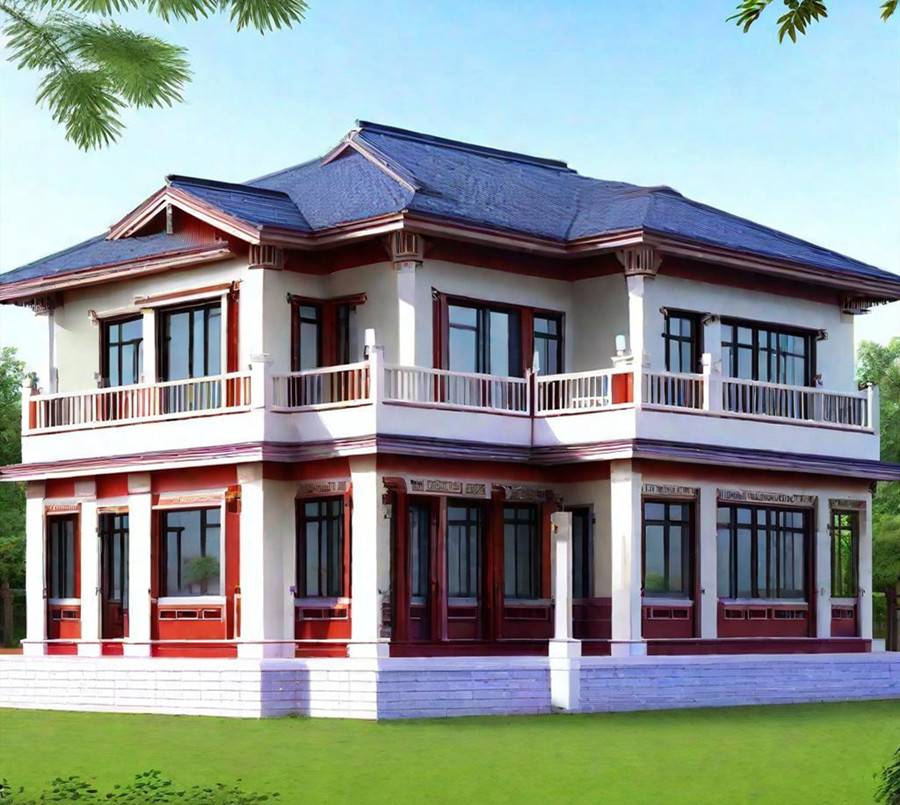As light steel villas become increasingly popular, more families are choosing this type of construction. However, building a light steel villa is not an isolated process; it is closely related to the surrounding environment. This article will explore the requirements for light steel villas regarding their surrounding environment, including geographical location, climate conditions, infrastructure, and ecological environment, helping you better understand the adaptability of this building form.

1. Impact of Geographical Location
The location of a light steel villa is a crucial factor determining its adaptability. An ideal geographical site not only enhances living comfort but also affects the building's lifespan. For instance, constructing a light steel villa in a geologically stable area with good drainage can effectively reduce the risks of foundation settlement and water damage. In mountainous or hilly areas, it is important to consider how the terrain affects the building's structure, ensuring that the design is reasonable and mitigating potential risks from topographical changes.
2. Requirements of Climate Conditions
The design and material selection of light steel villas should fully consider the local climate conditions. In cold regions, thermal insulation is key; high-efficiency insulation materials should be chosen to maintain a comfortable indoor temperature. In humid and rainy areas, attention must be paid to waterproofing, and materials selected should have good moisture resistance. Moreover, in tropical or subtropical regions, ventilation design should be emphasized to lower indoor temperatures and enhance living comfort.
3. Compatibility with Infrastructure
The surrounding infrastructure is crucial for the usability and convenience of light steel villas. Choosing locations near convenient transportation and comprehensive public facilities can enhance residential convenience. For example, proximity to schools, hospitals, and shopping centers not only facilitates daily life but also increases property value. Additionally, good road conditions and public transport systems can significantly reduce commuting time for residents.
4. Consideration of Ecological Environment
Respecting and protecting the surrounding ecological environment is vital when constructing light steel villas. Efforts should be made to avoid damaging existing ecosystems and to minimize the impact on vegetation and water bodies. In the design phase, using eco-friendly materials and energy-saving technologies can reduce the environmental burden. Furthermore, surrounding greenery should be emphasized; through thoughtful landscaping design, the ecological beauty of the residential area can be enhanced, improving the quality of life for residents.
5. Integration with Community Environment
The construction of light steel villas should not only focus on comfort and safety but also aim for integration with the surrounding community environment. Newly built light steel villas should harmonize with the architectural style of nearby buildings to maintain overall aesthetic appeal. Additionally, considering the community's social and cultural background, the design can incorporate local characteristics, making the building more relatable and fostering a sense of belonging.
Conclusion
The construction of light steel villas has various requirements concerning the surrounding environment. Thoughtful site selection and design can significantly enhance comfort and safety. When planning a light steel villa, it is essential to consider geographical location, climate conditions, infrastructure, ecological environment, and community context to achieve optimal adaptability. We hope this article provides valuable insights and helps you make informed decisions in the construction of your light steel villa.